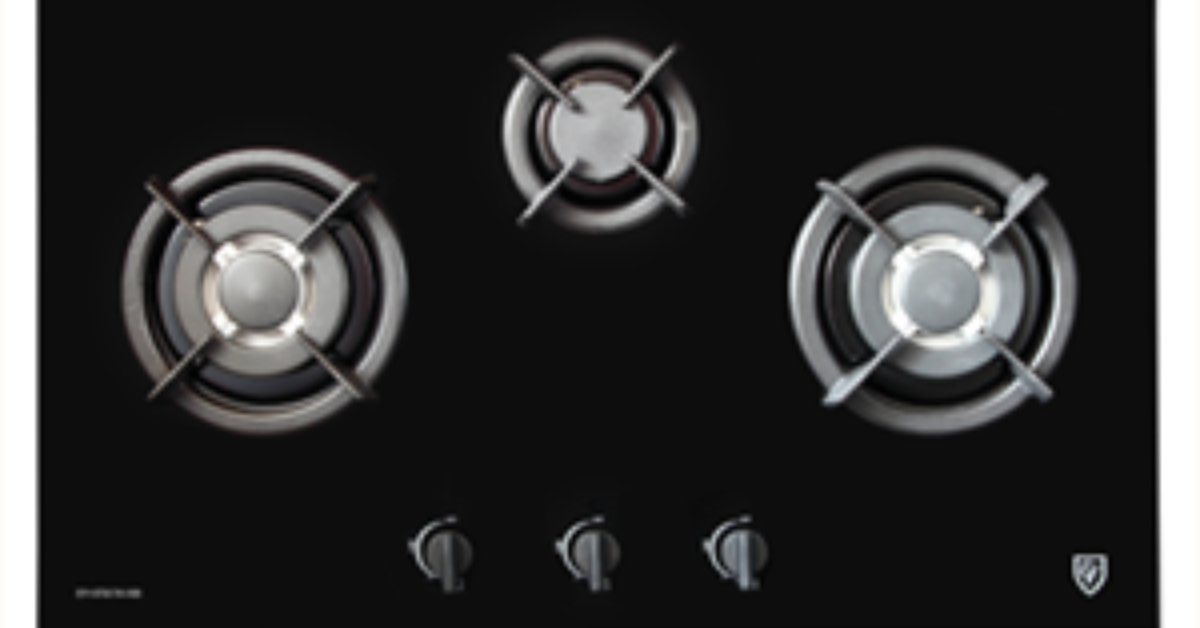The Ultimate Guide to Buying a Cooker Hood in Singapore
In Singapore’s compact kitchens—especially in HDB flats and condos—proper ventilation is crucial. Whether you’re frying sambal, grilling satay, or just cooking daily meals, a reliable Cooker Hood Singapore can help eliminate smoke, grease, and odours effectively. It’s not just a kitchen accessory—it’s a necessity for keeping your home clean, healthy, and smelling fresh.
In this guide, we’ll walk you through the different types of cooker hoods, how to choose the right one for your kitchen, maintenance tips, pricing, and more.
Why a Cooker Hood Is Essential in Singapore Homes
Given the humidity and limited ventilation in most Singaporean kitchens, a cooker hood serves several critical functions:
-
Removes grease particles from the air
-
Eliminates lingering cooking odours
-
Improves indoor air quality
-
Prevents yellowing of walls and ceilings
-
Adds a modern, sleek look to your kitchen
Whether you’re living in an HDB flat, a condo, or a landed home, installing the right cooker hood will enhance both hygiene and comfort.
Types of Cooker Hoods Available in Singapore
1. Slimline or Undermount Hoods
These are compact and designed to fit neatly beneath kitchen cabinets.
Pros:
-
Space-saving
-
Affordable
-
Easy to install
Best for: HDB kitchens or tight spaces
2. Chimney Hoods
Wall-mounted and shaped like a chimney, these are stylish and powerful.
Pros:
-
High suction power
-
Strong statement piece
-
Ideal for heavy cooking
Best for: Condos and larger kitchens
3. Island Hoods
Mounted on the ceiling above island cooktops, these are both functional and decorative.
Pros:
-
Suitable for open-concept kitchens
-
Modern and elegant
-
High-performance suction
Best for: Landed properties or open-plan condos
4. Telescopic Hoods (Pull-Out)
These extend outward when in use and slide back into the cabinet when not needed.
Pros:
-
Discreet design
-
Saves space
-
Simple operation
Best for: Small kitchens with limited headroom
5. Downdraft Hoods
Pop up from the countertop and suck in steam horizontally.
Pros:
-
Futuristic design
-
Great for island counters
-
Hides away when not in use
Best for: Designer kitchens with modern layouts
Recirculating vs. Ducted Cooker Hoods
Ducted Hoods
These expel air outside through a duct system.
Pros:
-
More efficient at removing heat and odours
-
No need to replace carbon filters
Cons:
-
Requires ducting installation
-
Higher upfront cost
Recirculating Hoods
These filter the air and return it into the kitchen.
Pros:
-
Easy to install (no ducting needed)
-
More flexible placement
Cons:
-
Requires regular filter replacement
-
Less efficient than ducted hoods
Tip: In many HDB flats and condos, ducted hoods may not be feasible due to building structure—making recirculating hoods more practical.
Key Features to Look for in a Cooker Hood
1. Suction Power (Airflow)
Measured in cubic meters per hour (m³/h), higher airflow = better extraction.
| Cooking Style | Recommended Suction Power |
|---|---|
| Light cooking | 400–600 m³/h |
| Moderate frying | 600–800 m³/h |
| Heavy Asian cooking | 900+ m³/h |
2. Noise Level
Look for hoods that operate at or below 65 dB for quieter performance.
3. Filter Type
-
Aluminium mesh filters: Washable, durable, captures grease
-
Charcoal filters: For odour absorption (needed in recirculating hoods)
4. Lighting
LED lighting is now common—offering brighter, energy-efficient illumination for your stove area.
5. Control Panel
Choose between push-button, touch control, or even smart controls with app connectivity.
Cooker Hood Sizes: What Fits Your Kitchen?
Cooker hoods typically come in widths of 60 cm, 70 cm, or 90 cm. Choose a hood that is at least as wide as your hob to ensure efficient smoke capture.
-
60cm: Standard for two-burner hobs
-
70–90cm: Ideal for three-burner setups or wider cooking zones
Installation Considerations in Singapore
-
HDB kitchens: Recirculating models are often preferred due to limited ducting access.
-
Condo kitchens: Check with your MCST on installation guidelines.
-
Landed homes: Usually have more flexibility for ducted hoods.
Important: Always hire a certified technician for proper installation and safety.
Average Prices of Cooker Hoods in Singapore
| Type of Cooker Hood | Price Range (SGD) |
|---|---|
| Slimline/Undermount | $150 – $350 |
| Chimney | $350 – $1,200+ |
| Telescopic | $300 – $600 |
| Island | $800 – $2,500+ |
| Downdraft | $1,500 – $3,500 |
Prices vary depending on brand, suction power, and features. Premium models with smart features and stainless-steel finishes tend to cost more.
Maintenance Tips for Your Cooker Hood
To ensure long-term efficiency and hygiene:
-
Clean the grease filters every 2–4 weeks (dishwasher-safe models are easiest)
-
Replace charcoal filters every 4–6 months
-
Wipe the hood’s exterior weekly to prevent oil buildup
-
Check the motor annually for noise or reduced performance
Regular maintenance not only extends the life of your cooker hood but also ensures better air quality in your home.
Matching Your Cooker Hood with Kitchen Design
1. Modern Minimalist Kitchens
Go for sleek stainless steel or matte black chimney hoods with touch controls and LED lighting.
2. Scandinavian or Compact Kitchens
Choose a slimline or telescopic hood that blends in seamlessly with cabinetry.
3. Industrial Kitchens
Opt for exposed ducting and a powerful island or wall-mounted hood in brushed steel.
4. Luxury Kitchens
Island hoods or downdraft systems offer a designer touch with hidden technology and seamless operation.
FAQs: Cooker Hood Singapore
Q1: Do I need a cooker hood if I don’t cook often?
A1: Yes. Even light cooking can produce grease and odours. A slimline or basic recirculating hood is often sufficient for occasional use.
Q2: Can I install a cooker hood in my HDB flat?
A2: Absolutely. Most HDB homes use recirculating cooker hoods due to ducting limitations. Just ensure proper electrical outlets are available.
Q3: How do I know if my cooker hood needs cleaning?
A3: If the suction weakens or there’s a persistent oily smell, it’s time to clean or replace the filters.
Q4: What’s the difference between 2-tick and 3-tick WELS rating?
A4: A 3-tick rating indicates better energy efficiency and lower environmental impact, making it more suitable for eco-conscious households.
Q5: Are expensive cooker hoods worth it?
A5: Higher-end models often offer quieter operation, stronger suction, durable materials, and smart features. If you cook frequently, they can be a worthwhile investment.
Final Thoughts
From fried fish to stir-fried sambal, Singaporean cooking is bold and aromatic—making the cooker hood a must-have appliance in every kitchen. Whether you’re looking for a sleek chimney-style hood for your condo or a space-saving slimline model for your HDB, there’s a perfect fit for every home and lifestyle.
Before making your purchase, assess your cooking habits, kitchen layout, and whether you need a ducted or recirculating model. With the right cooker hood, your kitchen stays cleaner, your air stays fresher, and your cooking becomes a more enjoyable experience.







